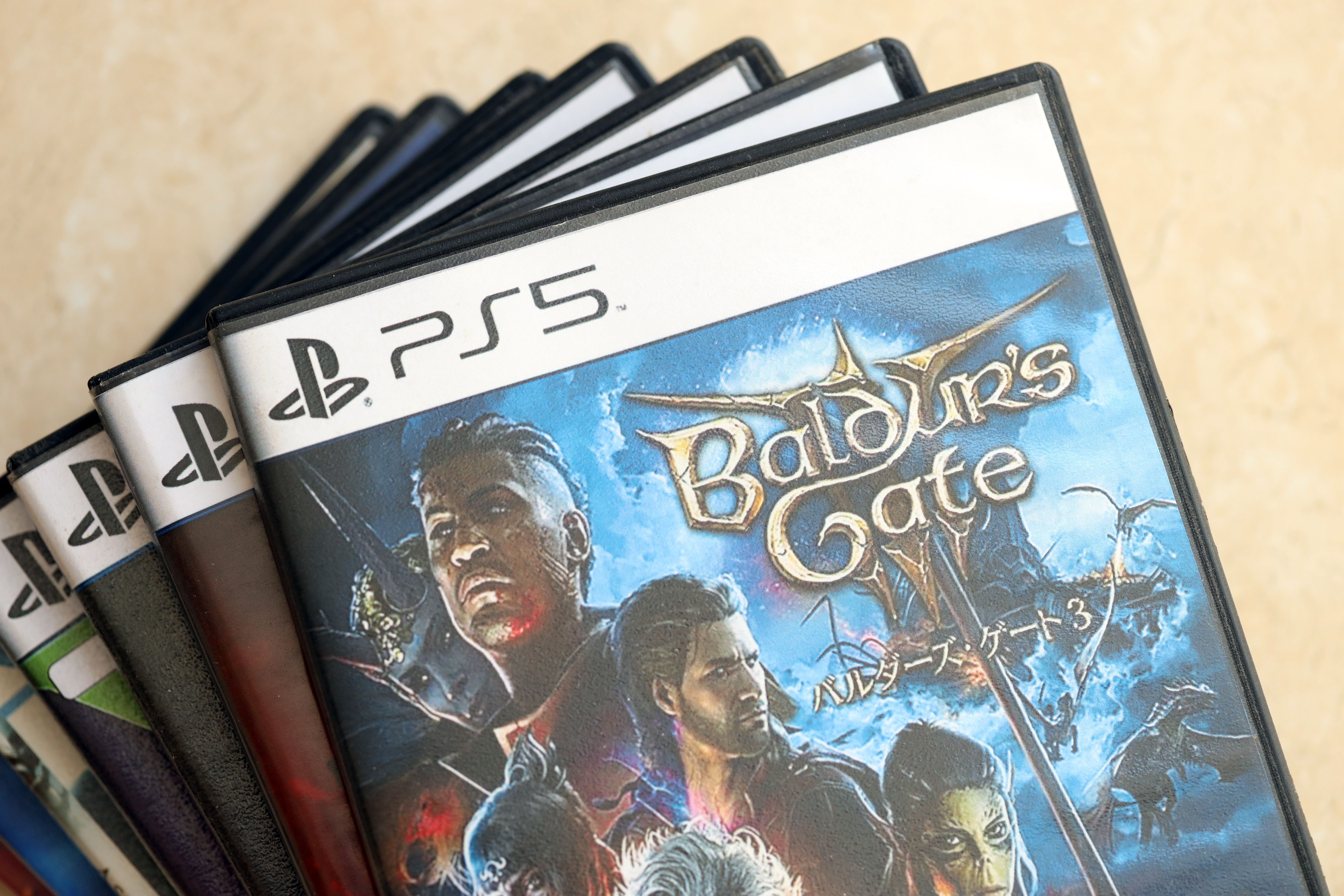A proposed 25% tax on goods imported from Mexico was proposed in an executive order from the new president of the U.S. It is expected by some to have a significant effect on the video game market in the United States.
President Trump just signed a new executive order to look into current trade agreements and tackle what the government sees as unfair trade practices like the large trade deficit in goods. The order calls for investigations to find out why these deficits exist and suggests possible solutions, like adding extra tariffs. However, Mat Piscatella, executive director of video games at market research firm Circana, believes this could negatively affect video games.
According to Piscatella, this tax will result in lower production and distribution of physical video games and will drive up prices for both physical and digital games. A large part of video game production is based in Mexico. Because of this, if a 25% tax is imposed on imports from Mexico, it would significantly raise the cost of making and selling physical games in the U.S.
Alright, well, video games. With 25% tariffs on imports from Mexico on the way, I can see a sharp downtick in the number of disc-based games that get released physically in the US, as much of that production infrastructure is in Mexico. If they do get made, I expect higher prices both phys & dig.
— Mat Piscatella (@matpiscatella.bsky.social) 2025-01-21T14:38:47.618Z
As a result, we might see fewer physical games being released in the U.S. market, as publishers may decide to cut back on the number of physical releases to handle these higher costs. The effects go beyond just fewer physical game releases. The higher costs from the tariff could force companies to raise prices for physical and digital games to keep them the same.
There’s already a trend towards the video game market heading to digital, with many games being downloaded, purchased through microtransactions, or accessed via subscriptions. Recent data from GamesIndustry.biz shows a significant increase in digital game sales in 2024. For the first 40 weeks of the year, 75% of new game sales in Europe were digital, up from 63% during the same period in 2023. This trend is especially strong on PlayStation and Xbox, where digital sales far exceed physical sales.
Moving away from physical game sales might speed up the shift to a mostly digital market. However, this change could hurt traditional stores that sell video games. Additionally, the higher costs from tariffs might lead all game publishers to finally completely agree to increase prices to $70 for each game, as this price isn’t widely used yet.
Unfortunately, the solution isn’t to move game production to the U.S. Spending on physical video game software in the U.S. is much lower than in previous years and is still going down. This drop in spending makes it less appealing for companies to spend money on moving their manufacturing and paying a higher salary for U.S. employees.
Whether the tariff goes into effect depends on the results of current investigations and decisions made by the administration. However, it may be the excuse needed for the video game industry to lean even more heavily to digital and make the $70 the standard for new games.
Sources: Mat Piscatella/Bluesky, VGC, The White House





